Exposure‘s filters have the power to transform the way a viewer feels about an image but I think they are at their most potent when the photographer has a clear intention in mind and choses filters accordingly. There are many examples of this in the following article, which is part of my climate change photography project.
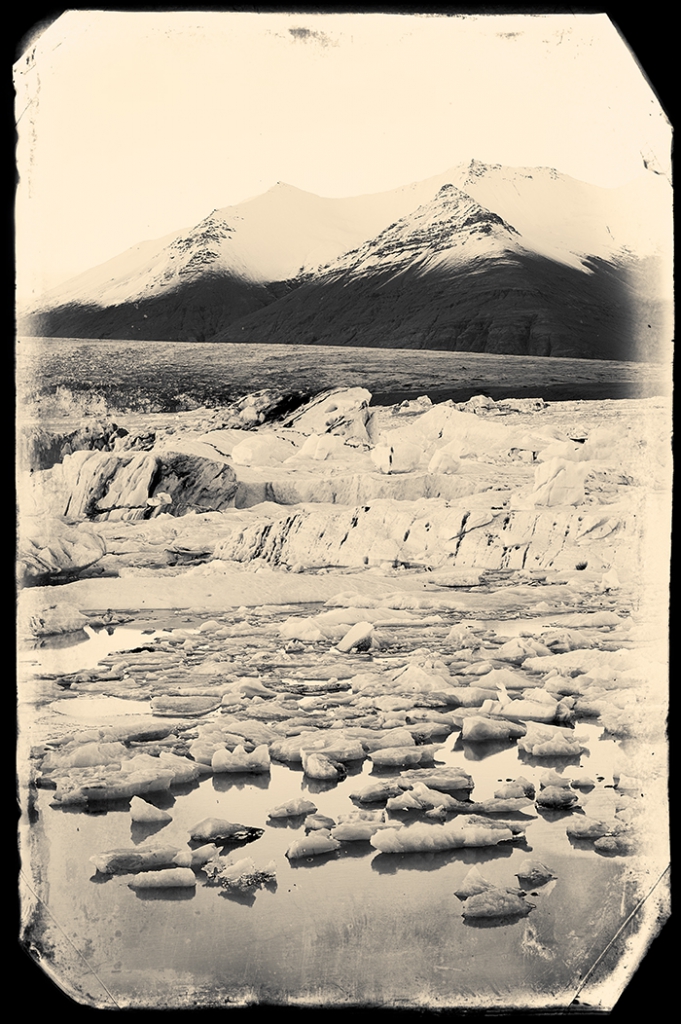
Ice on Jokulsarlon lagoon, Iceland
Nostalgia for Snow is a project about a world in which many of the old certainties concerning our climate are changing. It grew from an emerging body of work that looked to the past, yet was shot today. In fact, that is the central premise of the project: Imagine it’s 50 years in the future and you are looking at old photographs of things that have disappeared. I want the viewer to reflect on how they’d feel if these things were indeed lost through climate change, then to realize that they are still here and maybe need a little more love to ensure they still exist in decades to come.
The project focuses on three main subject areas that are likely to be adversely affected if the predictions of a much warmer world come true. In this climate change photography project, Alienskin’s Exposure is at the heart of how I move the feeling of the image from the present to the past by creating aged film effects.
Living with snow and ice. A lot of cultural activities revolves round how we survive in or actively seek out ice and snow for recreation.
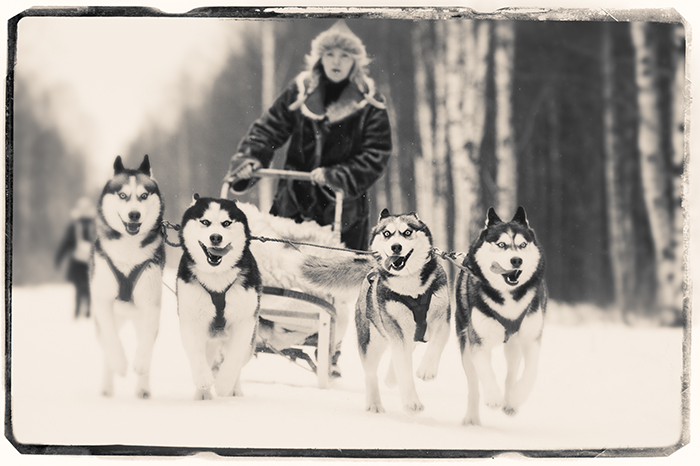
Huskies drawing sledge, Tallinn, Estonia — In the shot of the husky-drawn sledge shot in Estonia I started a Lith B&W preset, made a few mild adjustments, and introduced a border, in part to contain the image on the page but also to heighten the sense of antiquity.
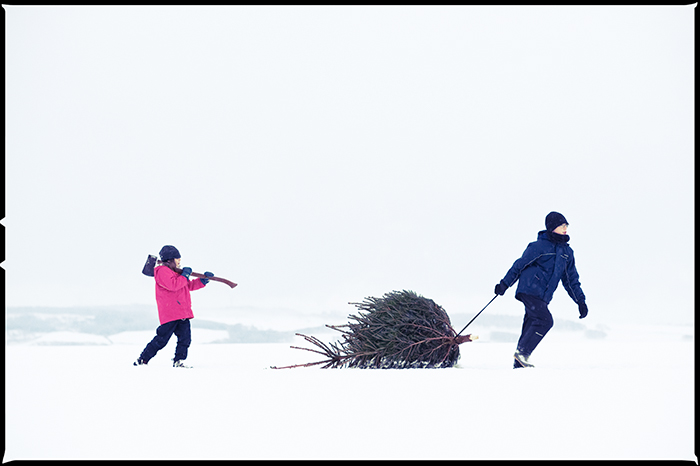
Boy and girl dragging a Christmas tree home from the forest — This required quite a different look – something more neutral and timeless – yet unambiguously showing a snowy winter in the lead up to Christmas. The straight image looked dull and blue but my favourite filter for snowy conditions, Color Misc. Effects>Noon Day Sun, rendered the snow a clean white and made the sky paler too.
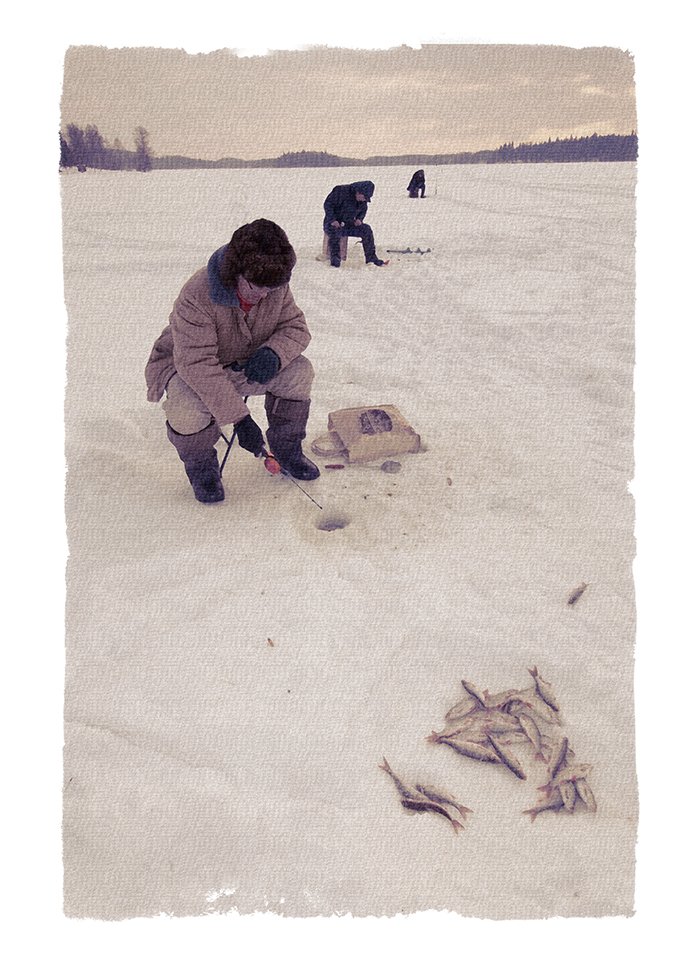
Ice fishermen on Puhajarv, Estonia — Ice fishing is becoming a more dangerous pursuit in many places now as ice conditions become less predictable. These old fellows in Estonia were sent back to the Soviet era thanks to a vintage photo style that is based on a mixture of Lightroom colour shifts and Exposure’s textures.
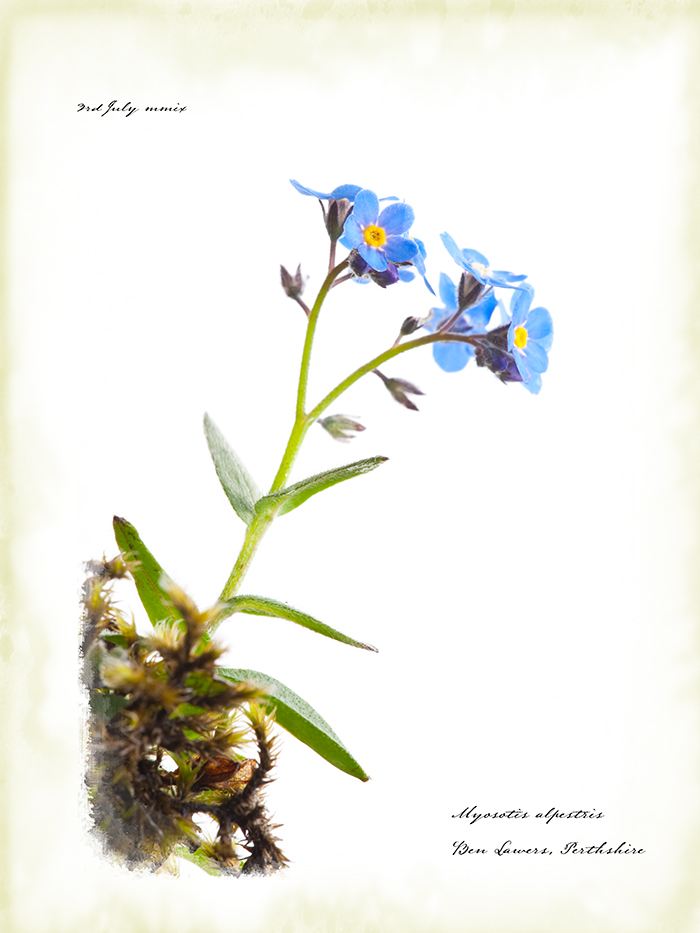
Alpine forget-me-not, Scotland
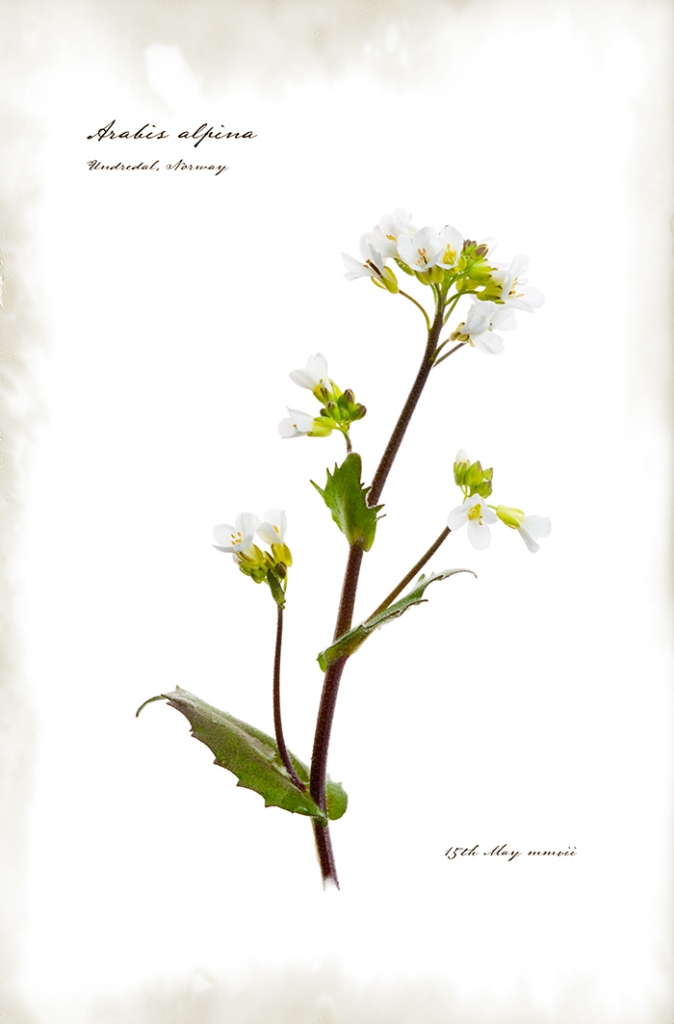
Alpine rockcress
Alpine flowers looking for a home. In many places now, alpine plants are moving their range further up the mountains to compensate for less favorable growing conditions at lower altitudes. I’ve made a series of field studio images of wild alpines shot on pure white, backlit backgrounds then finished them with a foxed edge to resemble old botanical illustrations. Each new version of Exposure supplies us with better and better frames to create these effects and Random Seed ensures that we don’t end up with the same effect every time. Alpine flowers may not be on everyone’s radar but they are the canary in the cage and a sure indicator that things are on the move in the natural world, which makes them a fitting subject for climate change photography.
Seabirds in search of seafood. My home country, Scotland, hosts some of the most impressive seabird colonies in Europe. Yet, in recent years, many of these have failed to produce anything like the normal number of chicks. The reasons are complex, but changing water temperatures and currents are clearly implicated. If the fish move elsewhere, then so must the birds – if there is somewhere close enough to nest. The sound of these rookeries helps to define the sense of wildness found on the Scottish coastline and we’ll lose a part of our national identity if these birds leave our shores for good.
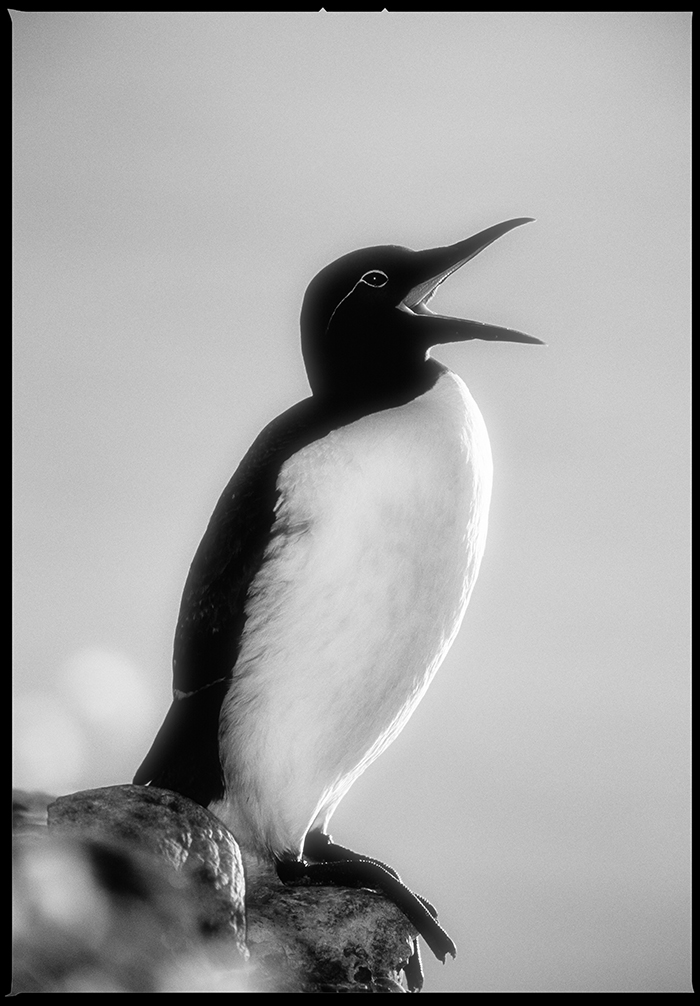
Guillemot, yawning — The calling guillemot, in contrast, received the 1940’s film-star look with a B&W Infrared Kodak HIE filter, with a hint of halation left on.
Nature photographers have traditionally been very reluctant to employ any techniques that do anything to “undermine the authenticity” of the image. Many hold to the view that nature is best straight out of the camera. While I have some sympathy with this view, it does deny the possibility for personal expression, especially in climate change photography. This personal expression is something that viewers tend to respond well to. The world is awash with generic nature imagery that looks nice but has no context. The first stage in making work stand out is to make it more personal and in that regard Exposure is a great ally in the area of climate change photography.
—
If you’re interested in more fresh ideas and new ways of shooting nature, my latest e-book, You are not a Photocopier: from snapper to artist in six lessons is available from my website:
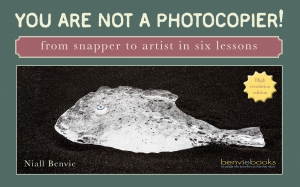
Try Exposure Today


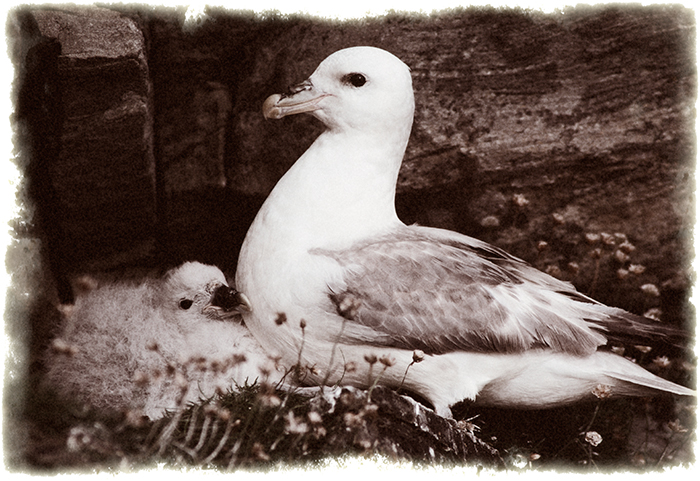












Niall,
I think what you illustrate here is quite cool.
I keep returning to this post to view the images and study the way you have leveraged Exposure to produce a body of work that speaks to one.
An inspiration indeed.
Andrew